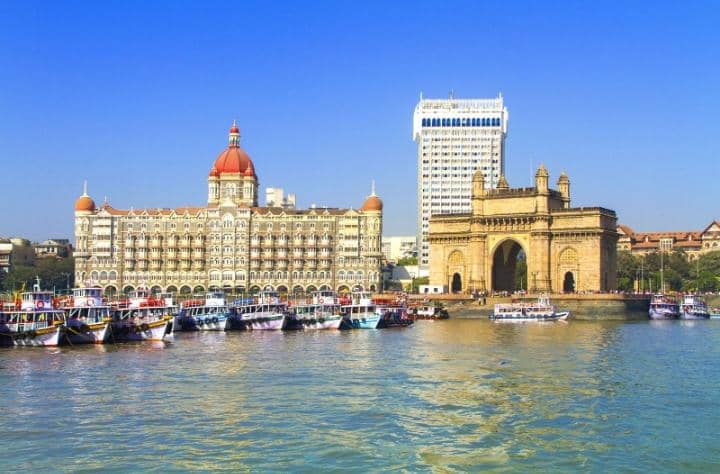Mumbai, the financial capital of India, is a city that embodies the essence of vibrancy, diversity, and prosperity. Located on the west coast of India, this bustling metropolis is home to over 12.5 million people, making it the most populous city in the country.
Mumbai’s unique blend of cultural heritage, economic prowess, and urban dynamism has earned it the nickname “The City of Dreams” and “The City of Riches.”
Mumbai is a city of stark contrasts, where opulent skyscrapers and luxurious developments coexist with sprawling slums and bustling street life. The city’s financial hub, Nariman Point, is a testament to its economic might, with towering buildings and upscale housing developments.
Read also: Tracing the Transformation of Dubai from Desert to Iconic Cityscape
In contrast, areas like Dharavi, one of the largest slums in the world, highlight the city’s social and economic disparities. Despite these contrasts, Mumbai’s resilience and adaptability have enabled it to thrive and become a global economic powerhouse.
Mumbai’s cultural landscape is a rich tapestry of diverse communities, festivals, and traditions. The city is home to the iconic Bollywood film industry, which produces over 900 films annually, making it a hub of entertainment and creativity. The city’s vibrant street food scene, featuring popular dishes like vada pav and pani puri, is a reflection of its culinary diversity.
Mumbai’s cultural festivals, such as the Ganesh Chaturthi, are an integral part of the city’s identity and attract millions of devotees each year.
Mumbai is the financial and commercial capital of India, generating 6.16% of the country’s GDP. The city is home to the Reserve Bank of India, the Bombay Stock Exchange, and the National Stock Exchange of India, making it a hub of financial activity.
Mumbai’s economy is diversified, with key sectors including finance, gems and jewelry, leather processing, IT, and entertainment. The city’s business-friendly environment and infrastructure have attracted numerous multinational corporations, making it a prime destination for investment and entrepreneurship.
Navi Mumbai, situated in the western suburbs of Mumbai, is the largest planned city in the world. Conceived in the 1960s to alleviate Mumbai’s traffic congestion and population growth, Navi Mumbai is a testament to urban planning and design. The city’s robust infrastructure, efficient transportation system, and affordable housing have made it an attractive destination for residents and businesses alike.
Navi Mumbai’s development has been guided by the vision of architects and urban designers like Charles Correa, Pravina Mehta, and Shirish Patel, who aimed to create a livable and sustainable city.
Mumbai’s fast-paced lifestyle and entrepreneurial spirit have earned it the reputation as the “City of Dreams.” The city attracts millions of people each year, drawn by its promise of economic opportunities, cultural diversity, and vibrant urban life.
Mumbai’s residents are known for their resilience, adaptability, and determination, making the city a hub of innovation and progress.
Mumbai is a city that embodies the essence of India’s economic and cultural growth. Its unique blend of tradition and modernity, diversity and resilience, has made it a global city of significance. As the “City of Dreams” and “The City of Riches,” Mumbai continues to inspire and captivate people from around the world.


One Reply to “Mumbai: The City of Dreams and Riches”